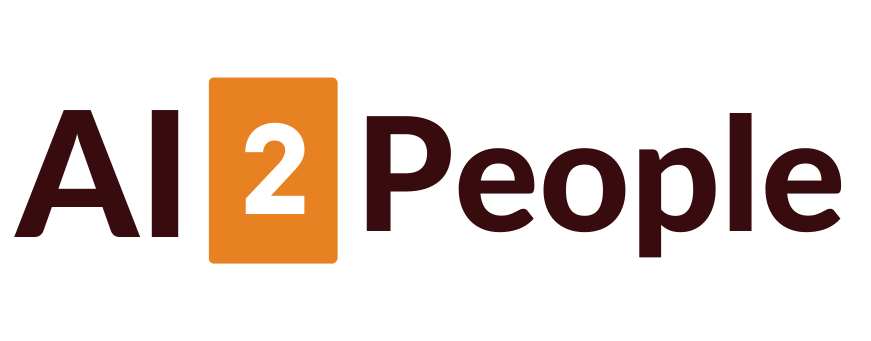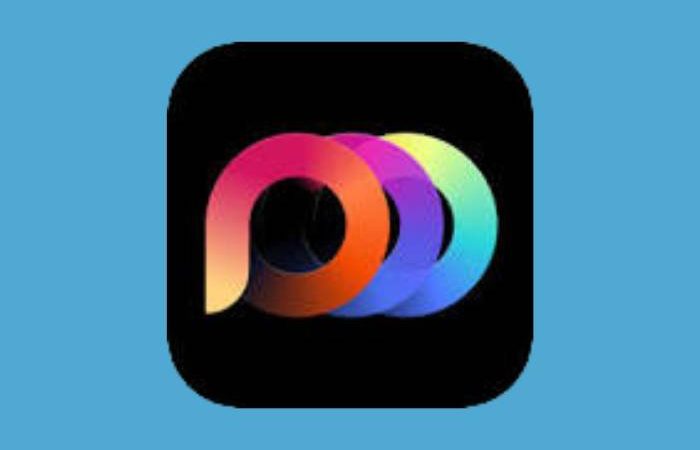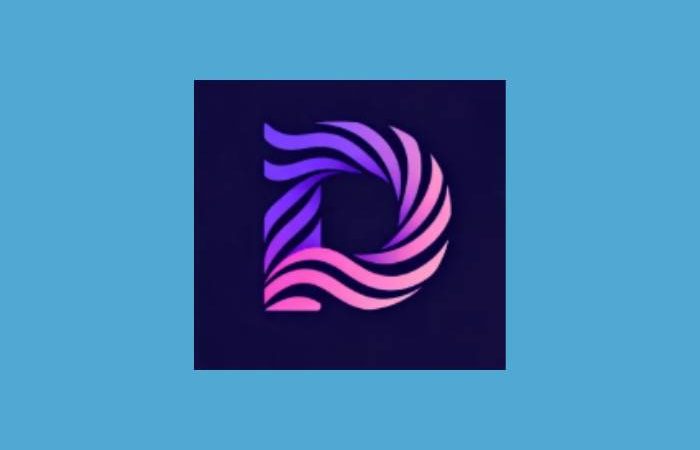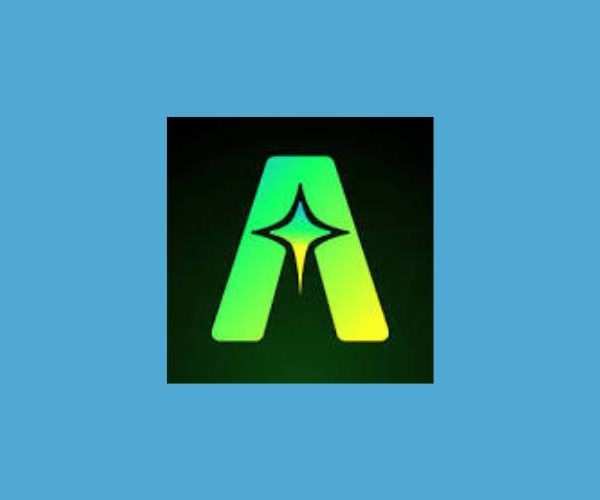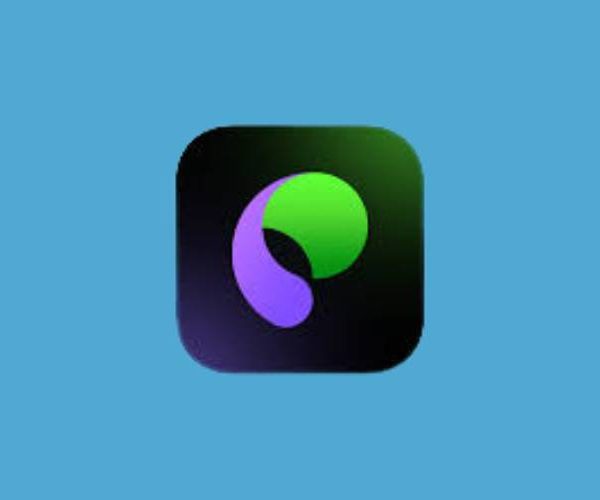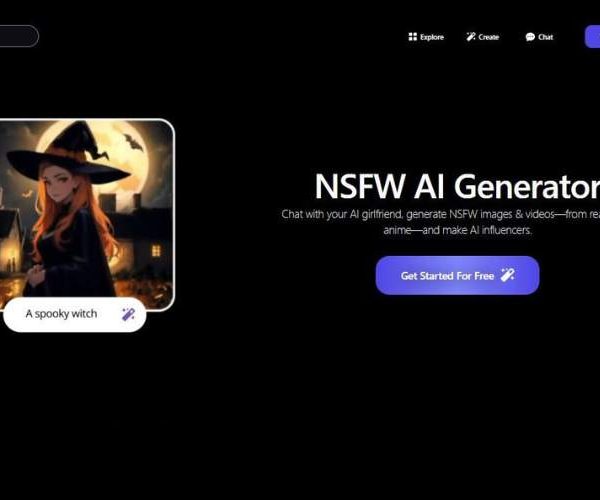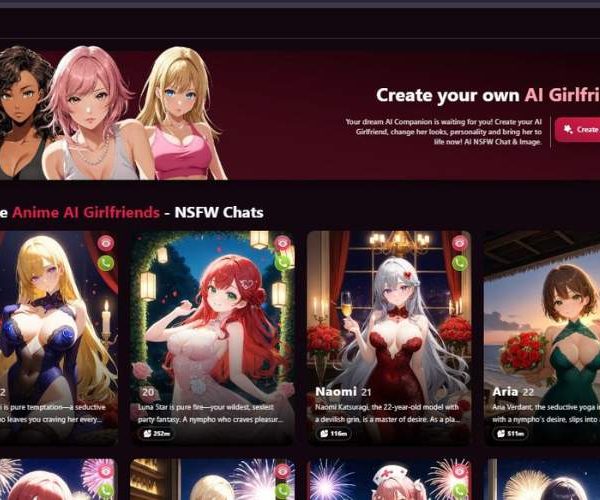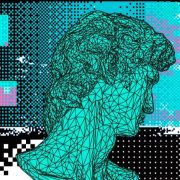
Dream AI by Wombo Pricing, Pros Cons, Features, Alternatives
Some apps feel like they’re designed for experts, while others throw their arms open and say, come as you are. Dream by Wombo, found at, definitely falls into the second category.
It’s one of those rare AI tools where you don’t need a manual or three hours of YouTube tutorials to figure things out. You just type a prompt, pick a style, and boom—you’ve got art. And while the concept sounds simple, the experience is surprisingly layered once you dive in.
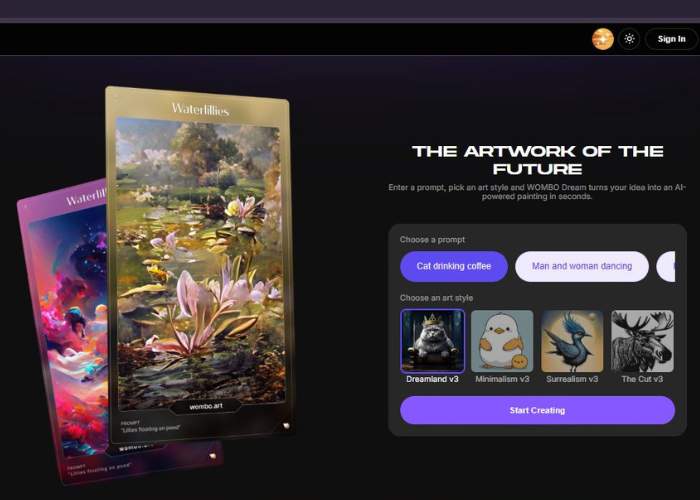
First Impressions: Friendly and a Little Addictive
The first time I used Dream, I honestly expected a clunky interface and maybe a couple of awkward-looking images. What I got instead was something that felt slick but not intimidating—like the app equivalent of a friend who’s cool but not trying too hard.
The onboarding is minimal, which I loved. You’re not slapped with walls of text or complicated settings; it just asks, what do you want to see today?
I typed in “a fox running through neon city streets at night” and picked a style called Synthwave. Within seconds, the screen filled with glowing pinks and blues, a cyberpunk fox sprinting past skyscrapers.
Did it look perfect? Not really—the fox had too many tails, and the buildings bent in strange directions. But did it feel like art? Absolutely. That’s where Dream shines: it’s less about photorealism and more about vibe.
Core Features: Simple Yet Surprisingly Flexible
Dream’s simplicity doesn’t mean it lacks depth. Here’s a quick breakdown of what stood out:
| Feature | What It Does | My Take |
| Text-to-Image Generation | Type a prompt, get art in seconds | Fast, intuitive, and addictive |
| Art Styles Library | From fantasy to cyberpunk to realistic | Some are breathtaking, others feel gimmicky |
| Canvas Mode | Lets you draw rough sketches to guide the AI | Adds control, great for creative direction |
| Mobile & Web Access | Fully functional on both | Nice for creating on the go |
| Social Sharing | Easy to post creations directly from the app | Feels more like a community gallery than just a tool |
| Print-on-Demand | Order your creations on posters, phone cases, etc. | A fun way to make digital art tangible |
One of my favorite surprises was the Canvas Mode. Most beginner-friendly generators don’t give you much control beyond the prompt, but here you can doodle a rough outline, and the AI uses it as a guide.
My sketch of a crooked house turned into a spooky fairytale cottage in minutes—bad sketch included.
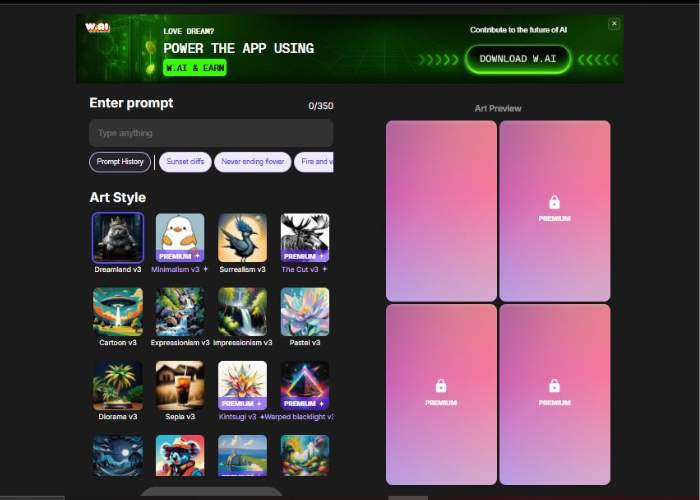
The Experience: The Highs and the Hiccups
I’ll admit, not every creation had me clapping my hands in delight. Some results were breathtaking—things I’d genuinely frame.
Others looked like they belonged in the uncanny valley, especially when I asked for human faces. Still, that’s par for the course with AI art right now.
Where Dream impressed me was in its speed and accessibility. No waiting lists, no complicated Discord servers (looking at you, MidJourney).
Just instant feedback. But here’s the flip side: the outputs sometimes felt less refined than what you’d get from “higher-end” tools. Think of it like fast food versus fine dining—Dream is quick, satisfying, and fun, but not always Michelin-star quality.
Pricing: Fair and Straightforward
Dream operates on a freemium model. You can create a lot for free, but premium features unlock higher-res downloads and faster generations.
| Plan | Price | What You Get |
| Free | $0 | Unlimited basic generations, watermark on downloads |
| Premium | ~$9.99/month | No watermarks, HD downloads, priority speed |
| Print Services | Varies | Posters, canvases, phone cases with your art |
Compared to some AI art tools that nickel-and-dime you for every generation, Dream’s pricing feels reasonable. The free tier is generous enough that casual users won’t feel pressured, while the paid plan is affordable for anyone who wants cleaner, watermark-free images.
Pros and Cons: The Straight Talk
| The Good | The Not-So-Good |
| Incredibly easy to use | Results can be inconsistent |
| Huge style library | Struggles with fine details and faces |
| Canvas Mode for extra control | Some styles look repetitive |
| Mobile app works smoothly | HD downloads locked behind paywall |
| Fun print-on-demand service | Not as customizable as pro tools |

Who Is Dream Really For?
Dream isn’t trying to be Photoshop with AI smarts—it’s trying to democratize art-making. That makes it perfect for:
- Casual users who just want to play with prompts and see cool results.
- Students and hobbyists looking for inspiration boards or quick concept art.
- People who want prints of their AI creations without messing with extra services.
- Creatives on the go since the mobile app is one of the smoothest out there.
If you’re a professional illustrator or designer, Dream probably won’t replace your toolkit, but it might sneak in as a source of inspiration.
Final Thoughts
Dream by Wombo feels like the Instagram of AI art generators—friendly, fast, and focused on sharing the joy of creation rather than intimidating you with complexity.
It’s not flawless, but honestly, the imperfections are part of its charm. Sometimes the AI gives you a masterpiece, sometimes it gives you a beautiful mess, but either way, you’re left with something that sparks imagination.
For me, that’s the whole point. Art doesn’t always need to be polished; sometimes it just needs to make you feel. And Dream nails that.
